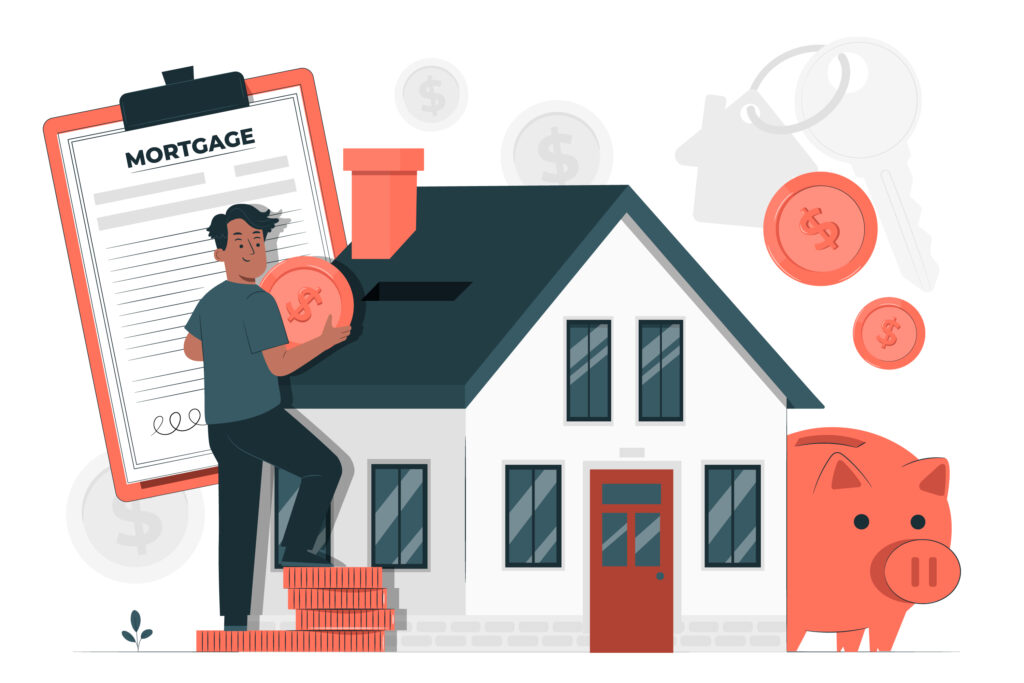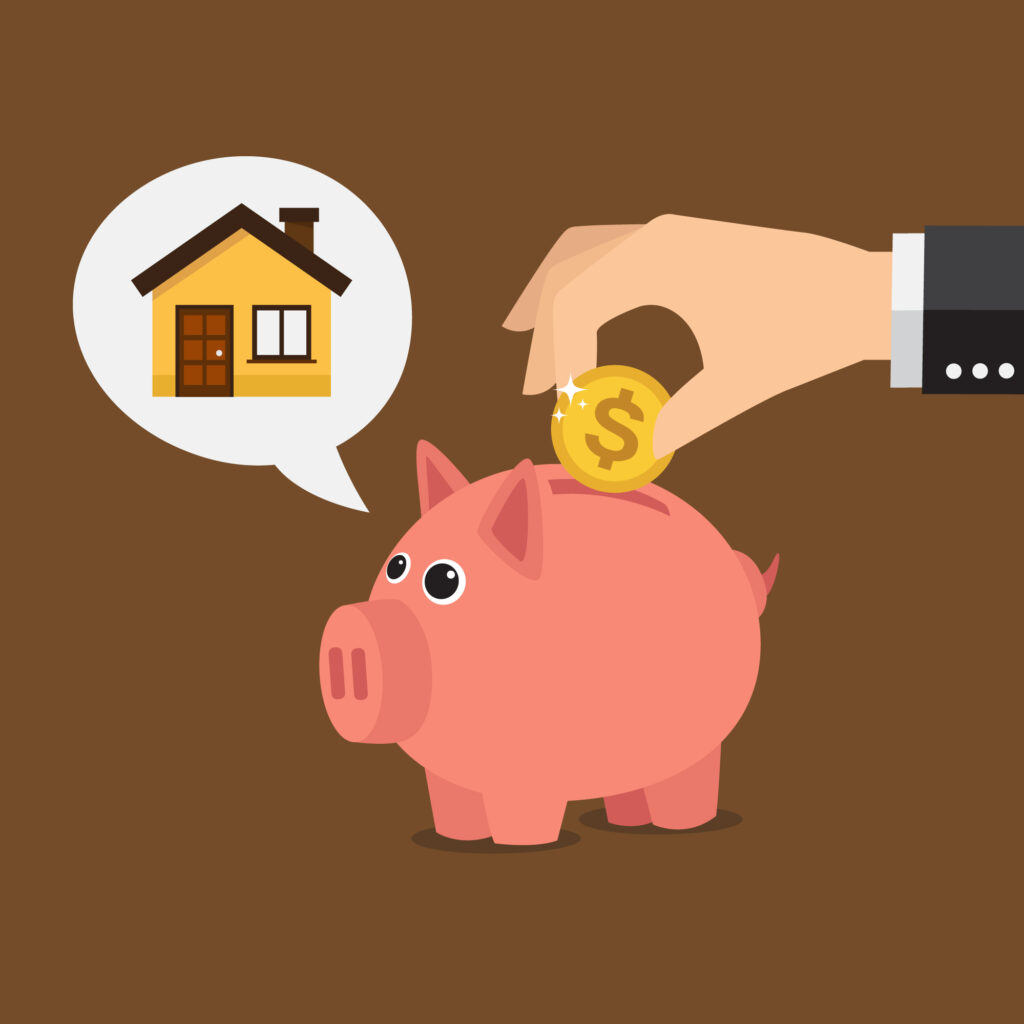Save Money for a House | Down Payment Tips for purchasing your dream home is exciting, yet saving for one often seems to be an Everest-sized mountain to conquer—particularly when you have to pay rent and other expenses. If you have been asking yourself how to save for a home or how much you truly need to save, you have come to the right place. This guide takes you through common sense steps to enable you to save for your down payment and bring you closer to your ideal home.
1. How Much Should You Save for a House?
Before you can begin to save, you need to know your target. A down payment of 20 percent of the home’s price is recommended by most lenders, but many first-time buyers can qualify for smaller percentages—sometimes as low as 3 percent based on specific loan programs.
Typical costs to consider:
- Down payment: 3%-20% of home purchase price
- Closing fees: 2% – 5%
- Moving fees: $500 to $3,000
- Home inspection/appraisal fees: $300 to $1,000
Establish an objective based on your home purchase price. For instance, for a $250,000 home requiring 5% down, you’d need approximately $12,500, along with extra fees.

2. Define a Savings Objective and Timeline
Once you have your objective, divide it into targets for each month or week. For example, you need $20,000 in 2 years:
- $20,000 divided by 24 months equals $834
- $834 divided by 4 weeks = $209/week
Use budgeting apps or savings calculators to assist you in planning.
Here the additional information about save money for a house
3. Open A Separate High-Yield Savings Account
The key is to keep your home fund separate. A high-yield savings account pays you more in interest than an average savings account and saves you from spending the funds inadvertently. Set automatic transfers from your checking account to be taken out when you receive your pay.
4. Save Faster and Reduce Expenditures
Save Money for a House | Down Payment Tips is for saving for your home often requires sacrifice. Cut out unnecessary expenses to supercharge your savings.
Implement these budget-cutting tips:
- Cooking at home more often
- Cancel unused subscriptions
- Use cashback apps and coupon extensions
- Delay large-ticket purchases
If you would like to learn how to save for a home in an expedited manner, the answer is: save in your budget.

5. Earn Extra Income With a Side Hustle
Save Money for a House | Down Payment Tips help If your current take-home pay does not have much flexibility in terms of savings, supplement your income by doing a side job. Some home savers drive for Uber, dog walk, do freelancing services online, or sell unwanted products. Even an extra $200/month can take you closer to your savings target.
Here you can also read about how to save electricity at home
6. Saving Money When You Rent With Save Money for a House | Down Payment Tips
Yes, you can save for a home while renting—but you have to be intentional. That’s when budgeting comes in.
Tips for renters:
- Take in a roommate
- Consider moving into a temporary, less costly rental
- Renegotiate your lease or scale down to a smaller unit
- Utilize Zero-Based Budgeting to optimize each dollar
Ask yourself every week: How can I save for a home while renting? And take minute-by-minute actions to get closer.
7. Discover First-Time Homebuyer Programs
There are various federal, state, and local programs to aid in down payments and closing costs. Some of them are:
- FHA home loans (3.5%)
- VA loans (0% down)
- USDA loans (0% down)
- Local Down Payment Assistance Grants
Investigate what is accessible in your area to ease your savings burden.
8. Track Your Progress and Remain Motivated
Save Money for a House | Down Payment Tips also monitor your savings growth in a visual tracker, spreadsheet, or mobile app. Reward yourself at each milestone, whether your first $1,000 or every $5,000 saved. Motivation is just as crucial as achieving momentum.
It can feel daunting to save for a home, but certainly accomplishing so is possible with a good plan and consistent routines. Begin by setting reasonable goals, cutting back expenses, and creating extra revenue streams wherever possible. Whether saving bit by bit or running fast toward owning a home, each step gets you closer.
